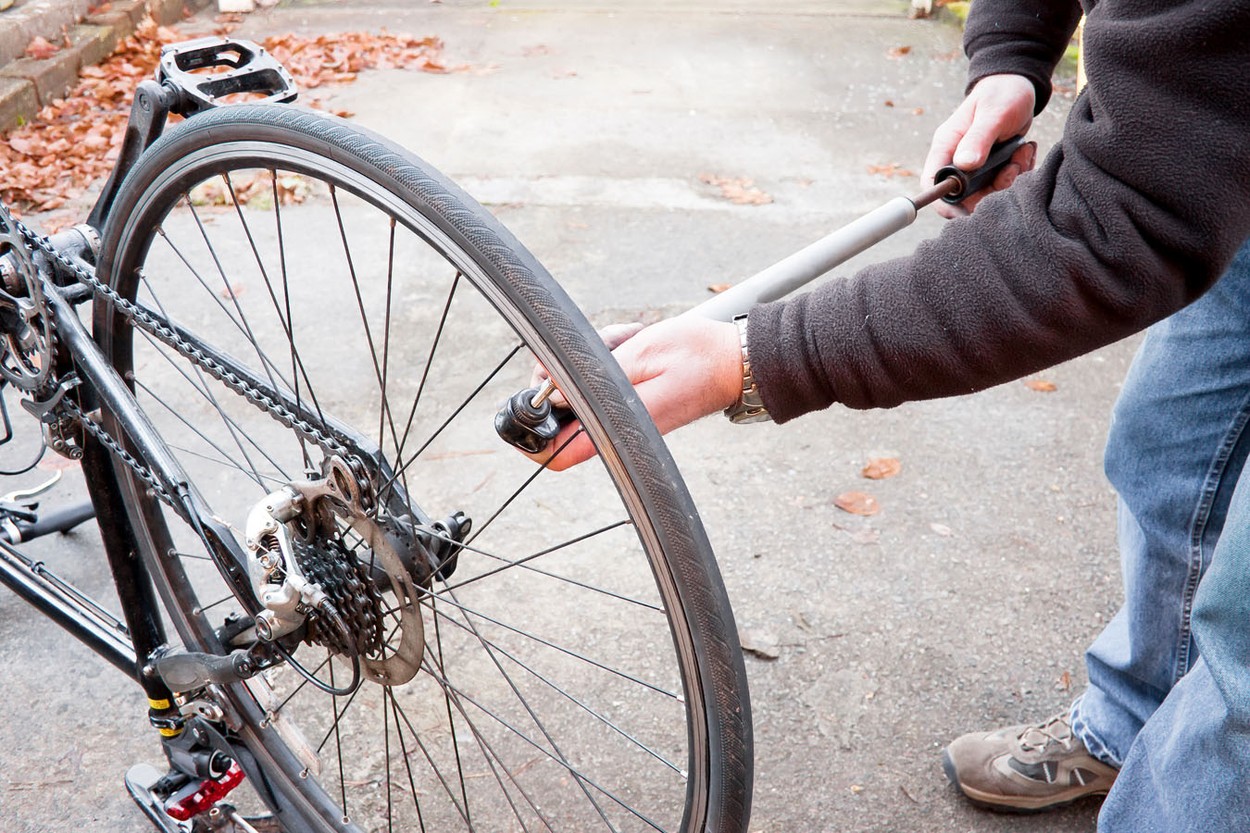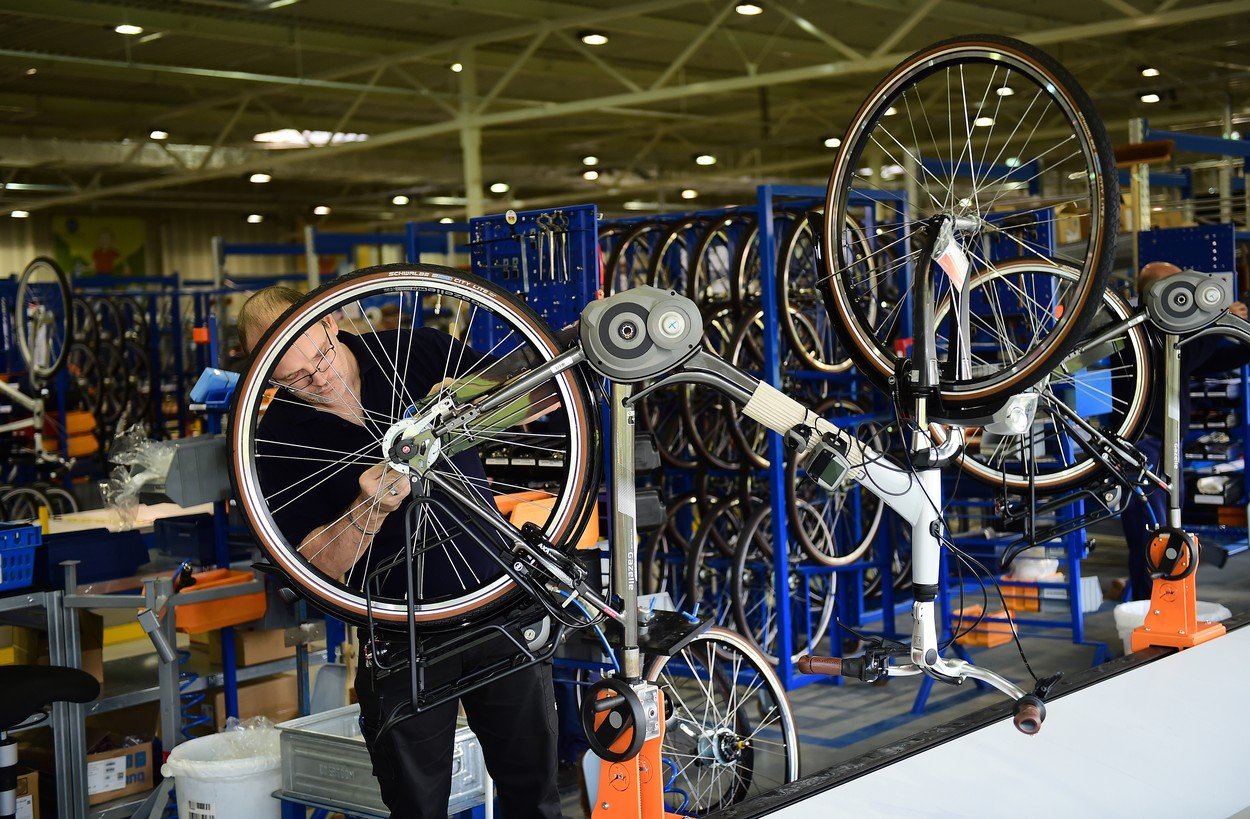1. Of course, check the tire pressure. All bike tires lose pressure when they are idle for a time. If you don’t have a good air pump, buy one. The best ones have large bases to stand on and large, easily readable gauges. (If you’ve got a large cycling family, your best bet is an electric air pump.) And always follow the tire manufacturer’s recommended pressure levels

2. Adjust the seat. Make sure that it’s tight and secure. If you have a growing child or teenager, adjust the seat for a comfortable ride. If you’ve grown too big for the bike, no matter how you adjust it, get a new one (bike, not the seat). If the seat cover is worn out and the springs are exposed, replace the seat immediately.
3. Check the spokes. They keep your wheels straight and true. Make sure they’re tight. If they’re not, use a spoke wrench to tighten the spoke at the base. (If you don’t have one, buy one that is the correct size for your wheels.) Don’t overtighten. And remember to check the spokes every few months, even if nothing seems wrong.
4. Check the brakes. Pull on the brake levers and make sure they engage both sides of the brake pads on each wheel. Make sure the pull is okay. If it’s too long, loosen the barrel adjuster a little and test again. The brakes should not stick and should fully stop the wheel in motion. Buy a new brake cable if the one you have is frayed or sticky. Then check the brake pads to make sure that they press fully against the rim when braking, don’t wiggle or are loose. Adjust the cable if the pads are too far from the rim, and replace the pads if they are worn.

5. Adjust derailleurs and shifters. Using a bike stand or prop your bike upside down, and run it through the gears as you spin the pedals. Make sure it hits the shift points smoothly; adjust the front and rear derailleur to keep the chain centred on each gear. You’ll need a small Phillips-head screwdriver for that.
6. Check the chain. Press your fingers against the top chain. It shouldn’t move more than a 0.5–1.25 cm. If it’s too loose, it can come off while you are riding, which is never fun and occasionally dangerous. If it’s too tight, it can bind and damage the gears. Loosen the rear wheel nuts on each side to pull the rear wheel back to take slack out of the chain. Chains can stretch over time so replace it if necessary.
7. Lube the bike. Apply a dry lubricant to the rear set of gears, the front gears, the chain, and all moving parts of the crankset. Also, apply a little dry lube to the front and rear wheel bearings on each side. Dry lube is preferred because WD-40 and standard 3-in-1 oil pick up dirt, which you don’t want on these parts.

8. Finally, make sure your lights and reflectors work. You want to be visible while riding at night, so check the condition of the batteries, lights and reflectors.
You might as well start doing all that now. My weather app says that we’re expecting nice weather tomorrow!




